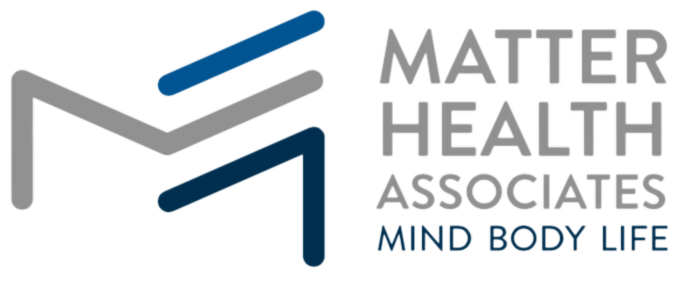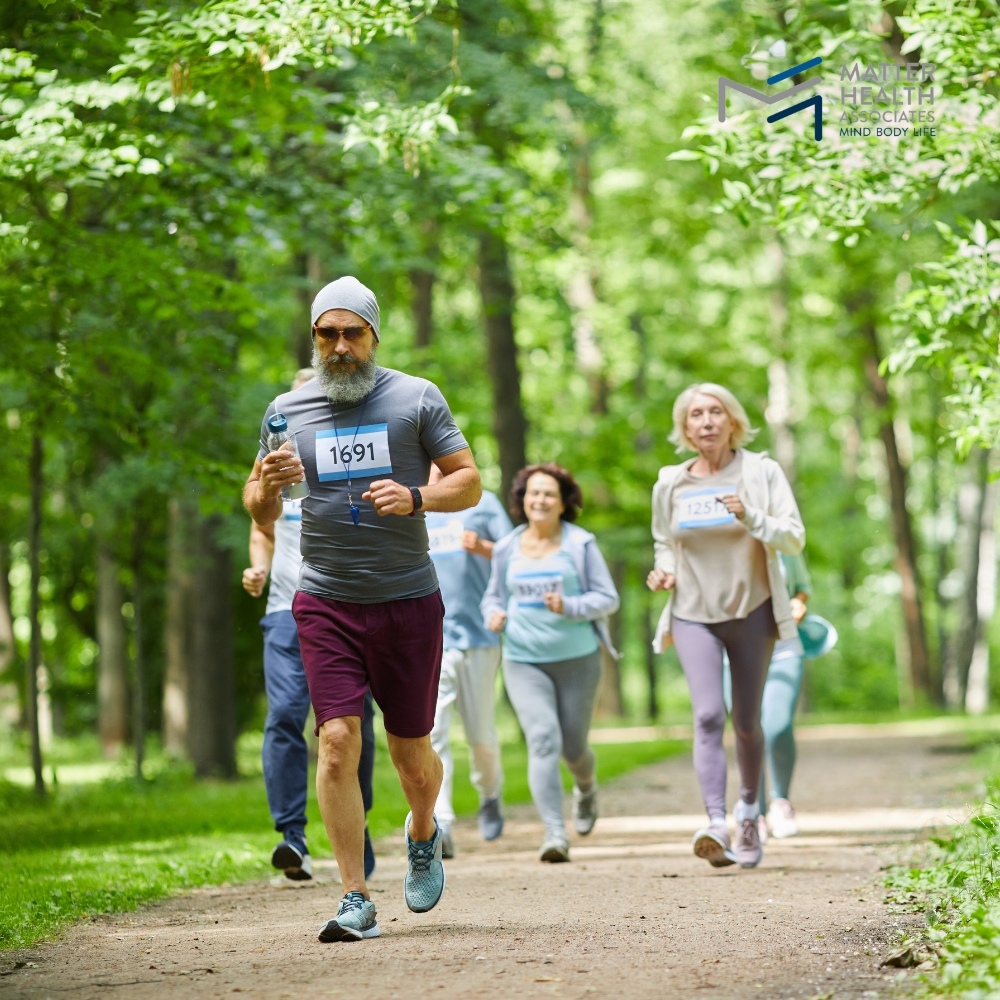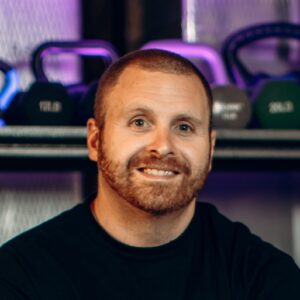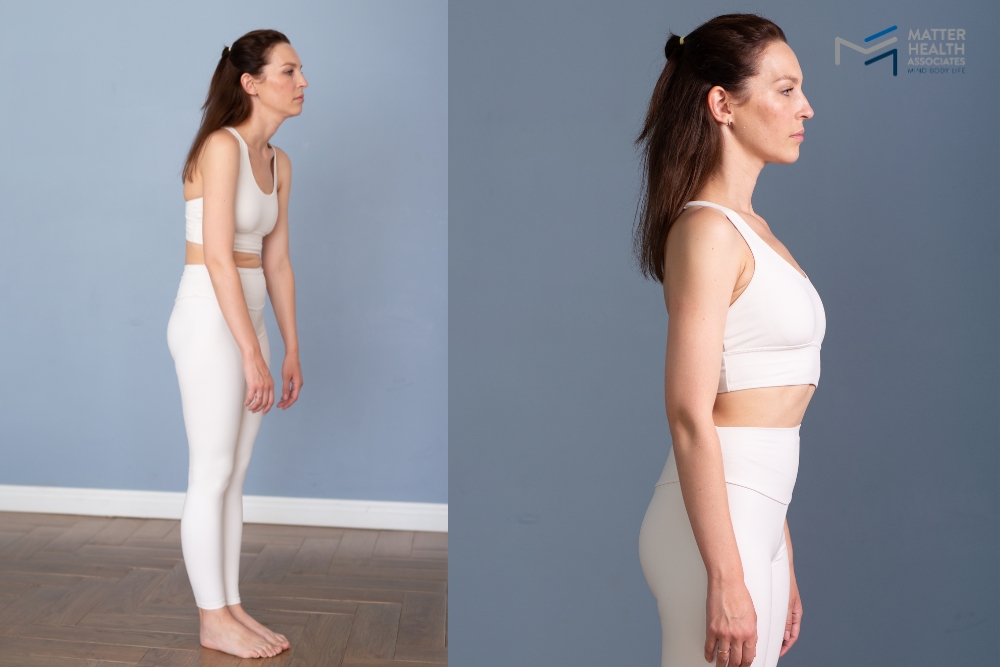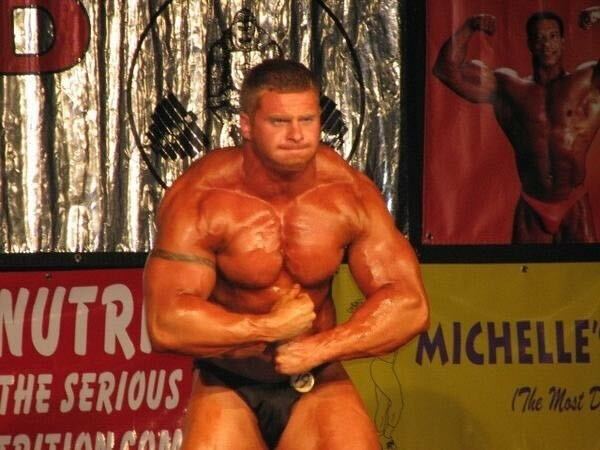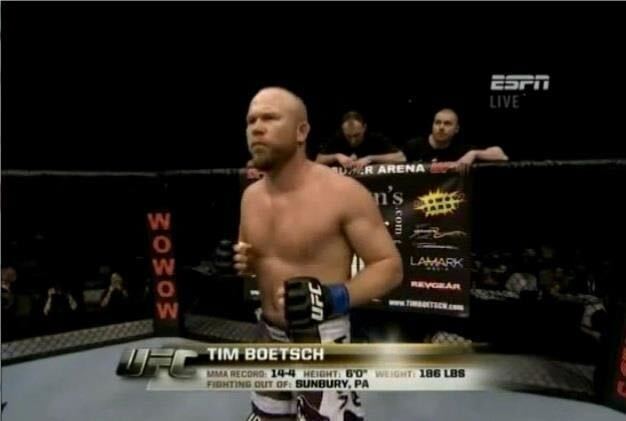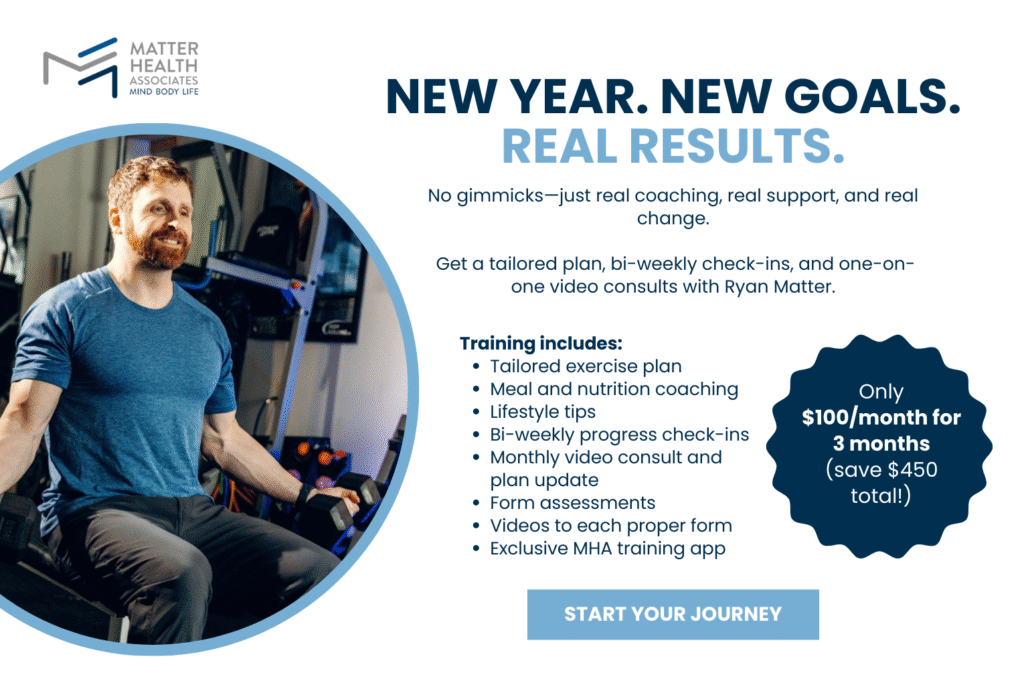Exercising has always been reasoned to be about losing weight and changing one’s physical appearance. While we all enjoy this exercise component, it is not necessarily the focus you should always have when trying to advance your health. It is always cliché to say you should exercise to feel better, but it is a very true statement when trying to progress your body. There is a saying that if you focus on what you are supposed to do in exercise, your body changes are a by product.
Recently, we have proven that fitness and exercise are for everyone. In the 80s, having a personal trainer was perceived as a luxury, but now we view it as necessary. Everyone exercises their way: the movement we create throughout the day. People often think exercise is a delegated time where you run, lift weights, do Pilates and yoga, or do whatever other program you like. As that is still important, we now realize exercise is what you do throughout the day regarding your movement. What exercise should ever be is a time you set aside to help reset and remind us of what we should do throughout the deal in terms of movement and correct posture.
The first objective in starting an exercise program is to feel less pain, feel an increase in energy, and see an improvement in movement. Too many people try to look past pain and limited movement and try to force intense exercise as they push these main issues to the side. If you attack each problem with pain, flexibility, and energy, you will create a better understanding of what exercise is supposed to do. Undoubtedly, each individual has a slew of challenges with pain, and every exercise should be completed differently, given the problem.
We have worked with some of the most challenging physical and psychological problems, including pain, metabolism, chronic illness, and more, and we can promise you that everyone should and can still exercise. Intensity variability, correct movement, and dynamic exercise prescription are the keys to exercise individuality. Some people can exercise more intensely than others for benefits, and others need a low to moderate range of movement in exercise.
Knowing where to start an exercise program can be overwhelming, so people stop their programs immediately. We always recommend you cannot begin to safely and conservatively enough. The first couple of times we start with clients, they feel like they may not have even done anything. People try to do too much too fast, which floods our body’s recovery systems. Even though exercise is a good stress on your body, it is still a stress and can often overstimulate our systems, causing problems.
If you are used to doing 1,000 steps daily, you should go to 1,500 to see how that feels. If 1500 steps tend to hurt you, return to 1000, but try to do them slower and with better posture. There are many other ways to progress exercise than thinking of numbers alone. Too often, people go from 1,000 steps to 10,000 steps a day. A slow and steady progression must occur when your body’s movement capabilities increase.
Finding out how often you should work out confuses everyone when we work with clients. Many things affect workout needs, such as stress, sleep, the body’s hormonal cycle, diet, and more. We have a saying in exercise that one good week doesn’t make you, and one bad week doesn’t break you. Too often, we cloud our thinking with different start-to-finish challenges. We always tell our people to have a start date and an infinite end day with some side roads and stops they must take. Try to get better each week in some way or capacity, and it does not necessarily mean you walked farther, lifted more weights, or increased flexibility. It could be that you kept your feet straight and bettered your posture, or you can sit out of a chair easier than you ever have. It also could be that you recognized something different about yourself that you never knew about, which helps us increase our awareness of health planning.
The younger generation is finally noticing that they do not want to follow in the footsteps of harmful lifestyles that people they know who suffered later in life, so they have to start making changes now. Exercise can now be considered a comprehensive and advancing physical therapy that never stops but only evolves as we age. Too often, people go to physical therapy for 12 weeks and are assigned homework, which no one does. An exercise is now a comprehensive approach and advancement to what that exercise should be. Even if you do not have problems, prevention is critical, and even the slightest movements you are doing wrong can add to major future issues. Exercise and nutrition are indeed an investment in your health.
We have 70 and 80-year-olds doing things that some 50-year-olds can’t do because of doing the correct movements. Some of these people started in their 50s when they appeared and operated older than what they are doing now. One of our favorite sayings is that it’s not the strongest or most intelligent that survives; it’s the most adaptable to change. We are constantly evolving problems and advancing our clients to ensure they continuously see improvement.
We believe that exercise and nutrition can be the fountain of youth for most people if done correctly. As we want people not to be so strict and live fulfilling lives, making small exercise changes can be impactful if done correctly. Too many people perceive that once you age, you lose everything, and that’s not always true. Yes, we all have an expiration date, and everyone’s problem is different, but we can make impactful changes to help increase our quality of life.
If you are a hardcore exerciser, we commend you, but we challenge you to think of what 20 years will be in exercise as you age. Hardcore exercises have to change and evolve at some point. Making small changes to prepare your body and brain will help you better adapt and prevent frustration, which forces you to change.
